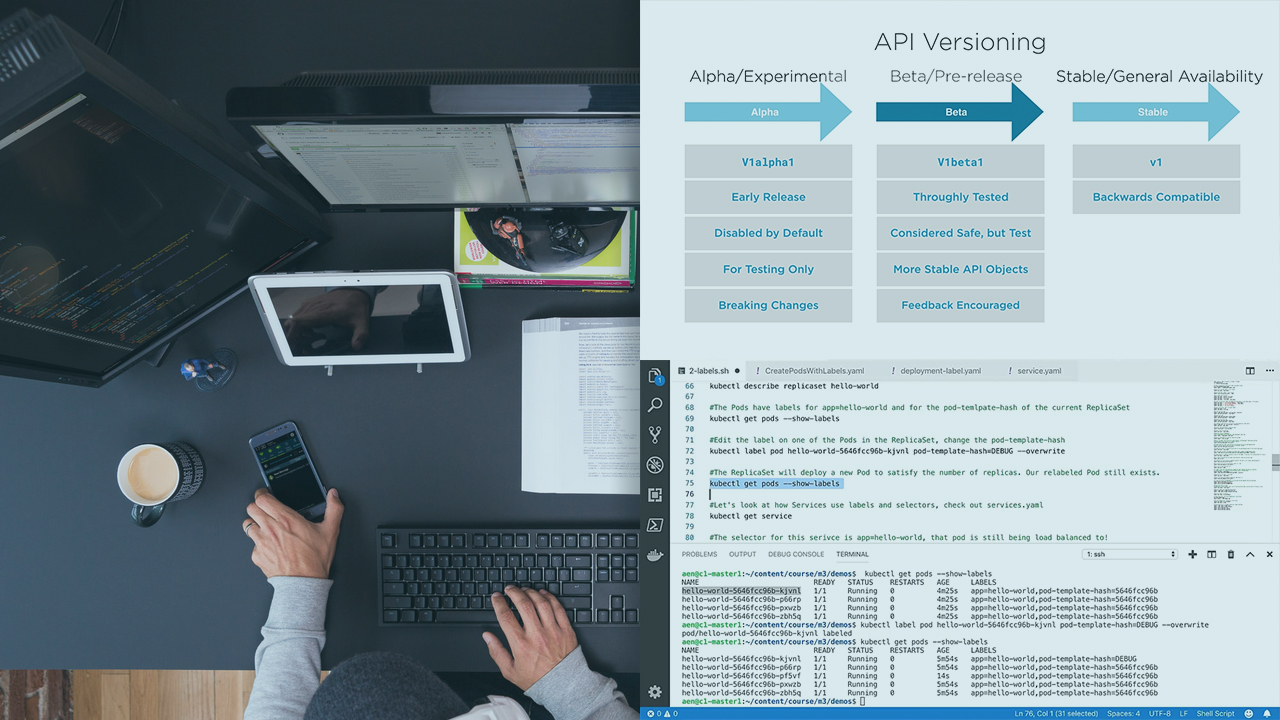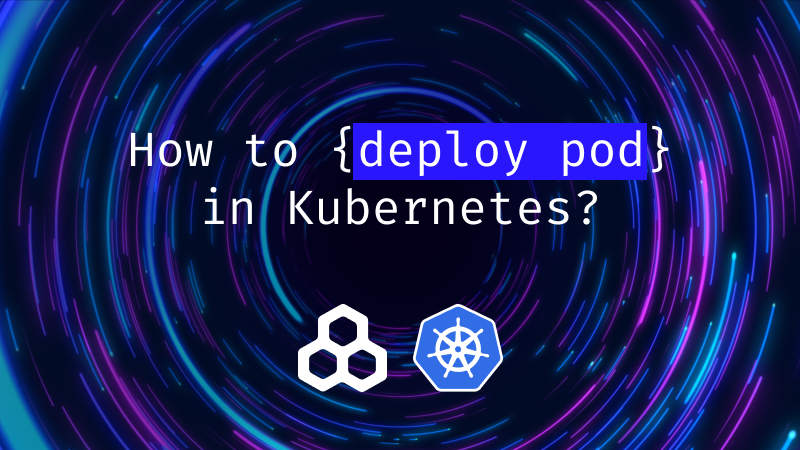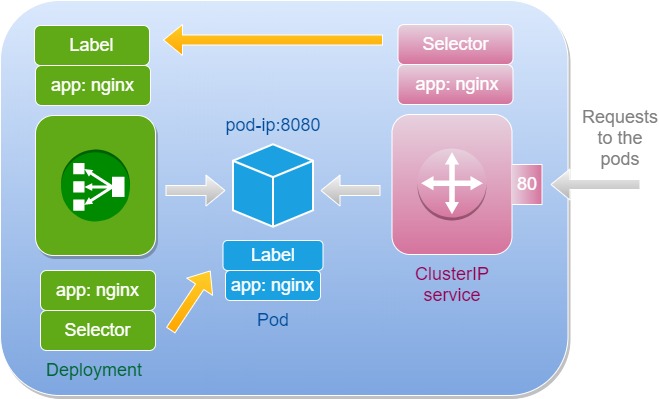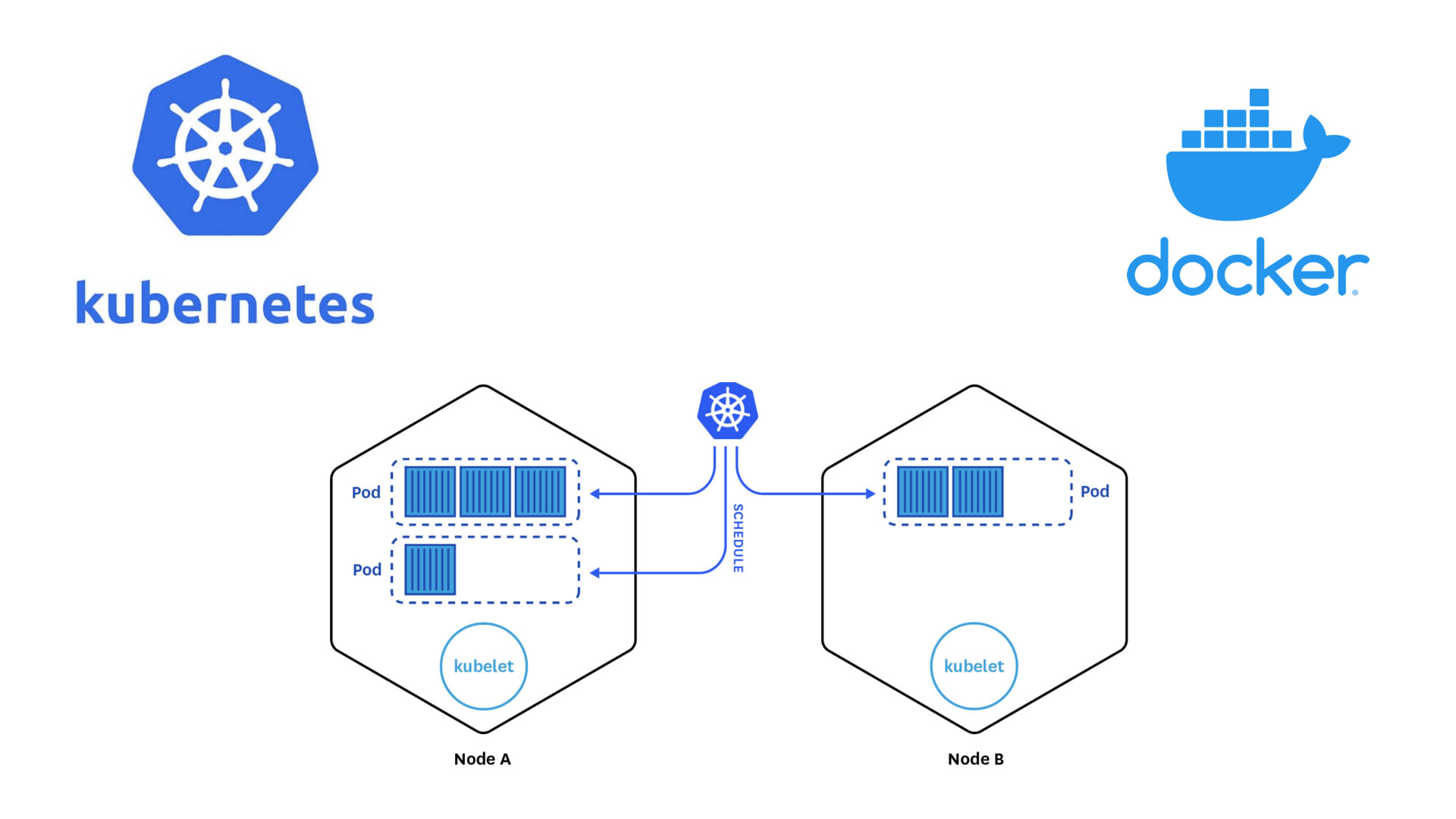Understanding the Kubernetes Environment and Pods
Kubernetes is an open-source container orchestration platform designed to automate the deployment, scaling, and management of containerized applications. It achieves this by grouping containers into logical units called Pods, which are the smallest deployable units in the Kubernetes environment. Pods provide a shared context for containers to run together, ensuring they have a consistent network and storage environment.
Pods play a crucial role in managing containerized applications, as they allow for efficient resource utilization and coordination between related containers. In certain scenarios, users may need to download files from Pods for various reasons, such as debugging, monitoring, or data analysis. This guide focuses on different methods to download files from Pods in a Kubernetes cluster, including using the ‘kubectl exec’ command, setting up a temporary web server inside a Pod, and creating a Kubernetes Job for automated file downloads.
To download files from Pods, it is essential to understand the Kubernetes API and the client libraries available for interacting with the API, such as kubectl. The Kubernetes API provides a unified interface for managing cluster resources, enabling users to perform various tasks, including creating, updating, and deleting Pods, as well as downloading files from Pods.
Exploring the Kubernetes API and Client Libraries
The Kubernetes API is the backbone of the platform, providing a unified interface for managing cluster resources. It enables users to interact with the cluster using various client libraries and tools, such as kubectl, Go clients, Python clients, and Java clients. These libraries and tools facilitate the creation, configuration, and management of Kubernetes resources, including Pods, Services, Deployments, and ConfigMaps.
The Kubernetes API allows users to download files from Pods by executing commands inside the Pod’s containers using the ‘kubectl exec’ command. By leveraging the API, users can interact with Pods and their containers as if they were directly connected to the container, enabling file downloads using standard Linux commands like ‘cat’ and ‘scp’.
Client libraries and tools like kubectl simplify the process of downloading files from Pods by providing a convenient interface for executing commands in Pod containers. For instance, the ‘kubectl cp’ command can be used to copy files to and from containers, making it easy to download files from Pods. By utilizing the Kubernetes API and its associated tools, users can efficiently manage and interact with Pods and their contents within a Kubernetes cluster.
Accessing Pods and Their Contents: The ‘kubectl exec’ Command
The ‘kubectl exec’ command is a powerful tool in the Kubernetes administrator’s toolkit, allowing users to run commands in a container inside a Pod. This command can be used to download files from a Pod’s container by leveraging standard Linux commands like ‘cat’ and ‘scp’. By executing these commands within the container, users can access and transfer files as needed.
To download a file from a Pod using the ‘kubectl exec’ command, follow these steps:
- Identify the Pod and container where the file is located.
- Run the ‘kubectl exec’ command, specifying the Pod and container names, followed by the desired Linux command to download the file. For example, to download a file named ‘example.txt’ from a container named ‘my-container’ in a Pod named ‘my-pod’, use the following command:
kubectl exec my-pod -c my-container -- cat /path/to/example.txt > example.txt - Verify that the file has been downloaded successfully to the local machine.
While the ‘kubectl exec’ command provides a straightforward method for downloading files from Pods, it does have some limitations. For instance, it requires manual intervention and may not be suitable for automating file downloads at scale. In such cases, alternative methods, such as creating a Kubernetes Job, can be more appropriate.
Alternative Method: Using a Temporary Web Server in a Pod
An alternative approach to downloading files from a Pod involves running a temporary web server inside the Pod. This method can be useful when dealing with large files or when automating file downloads at scale. By setting up a web server inside the Pod, users can download files using standard HTTP requests, which can be easily integrated into automated workflows.
To implement this approach, follow these steps:
- Create a Docker image containing the desired web server (e.g., nginx, Apache) and the necessary configuration to serve the desired files.
- Push the Docker image to a container registry accessible by the Kubernetes cluster.
- Create a Deployment or a Pod in the Kubernetes cluster using the custom web server image. Ensure that the web server is configured to serve the desired files.
- Expose the Deployment or Pod using a Service resource, making the web server accessible from outside the cluster.
- Download the files from the web server using a tool like ‘wget’ or ‘curl’ from the local machine or another Pod in the cluster.
While using a temporary web server inside a Pod offers several advantages, such as ease of automation and support for large files, it also has some drawbacks. For instance, setting up and configuring the web server can be more complex than using the ‘kubectl exec’ command. Additionally, exposing the web server to the outside world can introduce security risks, making proper network policies and access controls essential.
Creating a Kubernetes Job to Download Files from Pods
For more automated and consistent file downloads from Pods, users can leverage the Kubernetes Job resource. A Job creates one or more Pods and ensures that a specified number of them successfully terminate. By configuring a Job to download files from Pods based on specific criteria, users can create a reliable and repeatable process.
To create a Kubernetes Job for downloading files, follow these steps:
- Define a YAML file for the Job, specifying the necessary parameters, such as the Pod template, container image, and desired file download commands. For example:
apiVersion: batch/v1 kind: Job metadata: name: file-download-job spec: template: spec: containers: - name: file-download image: appropriate-image command: ["sh", "-c"] args: ["wget -q -O /path/to/destination/file http://pod-ip/path/to/file"] restartPolicy: OnFailure - Create the Job using ‘kubectl apply’ and verify its status using ‘kubectl get jobs’.
- Monitor the Job’s progress and ensure that the desired number of Pods have successfully terminated.
Using a Kubernetes Job for downloading files offers several benefits, such as improved automation, reliability, and scalability. However, it may require more configuration and management than other methods, such as the ‘kubectl exec’ command. Carefully consider the specific use case and requirements when deciding whether to use a Kubernetes Job for downloading files from Pods.
Implementing Role-Based Access Control for Secure File Downloads
Security is a critical aspect of managing containerized applications in a Kubernetes cluster. Implementing Role-Based Access Control (RBAC) can help ensure secure access to Pod resources, including file downloads. RBAC enables administrators to control who can access which resources and under what conditions.
To configure RBAC rules for secure file downloads, follow these steps:
- Define Role and RoleBinding resources to grant users or service accounts the necessary permissions to access Pod resources. For example:
apiVersion: rbac.authorization.k8s.io/v1 kind: Role metadata: name: pod-reader rules: - apiGroups: [""] resources: ["pods"] verbs: ["get", "list", "watch", "describe"] --- apiVersion: rbac.authorization.k8s.io/v1 kind: RoleBinding metadata: name: pod-reader-binding namespace: default subjects: - kind: ServiceAccount name: default namespace: default roleRef: kind: Role name: pod-reader apiGroup: rbac.authorization.k8s.io - Verify that the Role and RoleBinding resources have been successfully created using ‘kubectl get roles’ and ‘kubectl get rolebindings’.
- Test the RBAC configuration by attempting to download files from Pods using the authorized users or service accounts.
By implementing RBAC, users can ensure secure, controlled access to Pod resources, reducing the risk of unauthorized file downloads and potential security breaches. RBAC can be combined with other security measures, such as network policies and Kubernetes Auditing, to provide a comprehensive security strategy for managing containerized applications in a Kubernetes cluster.
Monitoring and Auditing File Downloads from Pods
Monitoring and auditing file downloads from Pods is essential for ensuring compliance and security within a Kubernetes cluster. By tracking and logging these activities, users can identify potential issues, detect unauthorized access, and maintain a secure environment for containerized applications.
Prometheus and Grafana are popular tools for monitoring Kubernetes clusters. Prometheus is an open-source monitoring system that collects metrics from configured targets at specified intervals. Grafana is a multi-platform open-source analytics and interactive visualization web application.
To monitor file downloads from Pods, users can configure Prometheus to scrape metrics from the Kubernetes API server, kubelet, and other components. Grafana can then be used to visualize and analyze the collected metrics, providing valuable insights into file download activities.
Kubernetes Auditing is another essential tool for auditing file downloads from Pods. It provides a detailed record of all requests to the Kubernetes API server, including the user, resource, operation, and outcome. By enabling and configuring Kubernetes Auditing, users can track file download activities and detect any unauthorized or suspicious access.
To enable Kubernetes Auditing, follow these steps:
- Configure the audit-policy.yaml file to specify the desired audit settings, such as log location, verbosity, and event selection.
- Apply the audit-policy.yaml file to the Kubernetes cluster using ‘kubectl apply -f audit-policy.yaml’.
- Verify that auditing is enabled and configured correctly by checking the Kubernetes API server logs.
By combining monitoring and auditing tools, users can ensure secure, compliant, and efficient file downloads from Pods in a Kubernetes cluster. Regularly reviewing and analyzing the collected data can help identify potential issues, optimize performance, and maintain a secure environment for containerized applications.
Best Practices for Downloading Files from Pods in a Kubernetes Cluster
Following best practices for downloading files from Pods in a Kubernetes cluster is essential for ensuring secure, efficient, and reliable file transfers. This section summarizes the key points from the article and offers practical tips and recommendations for users to follow.
1. Familiarize yourself with the Kubernetes environment and Pods
Understanding the Kubernetes architecture and the role of Pods in managing containerized applications is crucial for efficiently downloading files from Pods. Ensure you are familiar with Pods, their components, and how they interact with other Kubernetes resources.
2. Leverage the Kubernetes API and client libraries
The Kubernetes API provides a powerful interface for interacting with cluster resources. Utilize client libraries and tools like kubectl to download files from Pods, automate processes, and manage Kubernetes resources programmatically.
3. Use the ‘kubectl exec’ command with caution
While the ‘kubectl exec’ command is a convenient way to download files from Pods, it should be used with caution. Running commands directly in containers can introduce security risks and potential inconsistencies. Always verify the necessity and safety of using this command.
4. Consider alternative methods for downloading files
Explore alternative methods for downloading files from Pods, such as using a temporary web server inside the Pod or creating a Kubernetes Job. These approaches can offer more automation, scalability, and security in specific scenarios.
5. Implement Role-Based Access Control (RBAC) for secure file downloads
Configure RBAC rules for users and service accounts to ensure secure access to Pod resources when downloading files. This practice helps prevent unauthorized access and maintains a secure environment for containerized applications.
6. Monitor and audit file downloads
Regularly monitor and audit file downloads from Pods to ensure compliance and security. Utilize tools like Prometheus, Grafana, and Kubernetes Auditing to track and log these activities, detect potential issues, and maintain a secure environment for containerized applications.
By following these best practices, users can ensure secure, efficient, and reliable file transfers from Pods in a Kubernetes cluster. Regularly review and update your practices to adapt to new features, tools, and security measures in the Kubernetes ecosystem.







